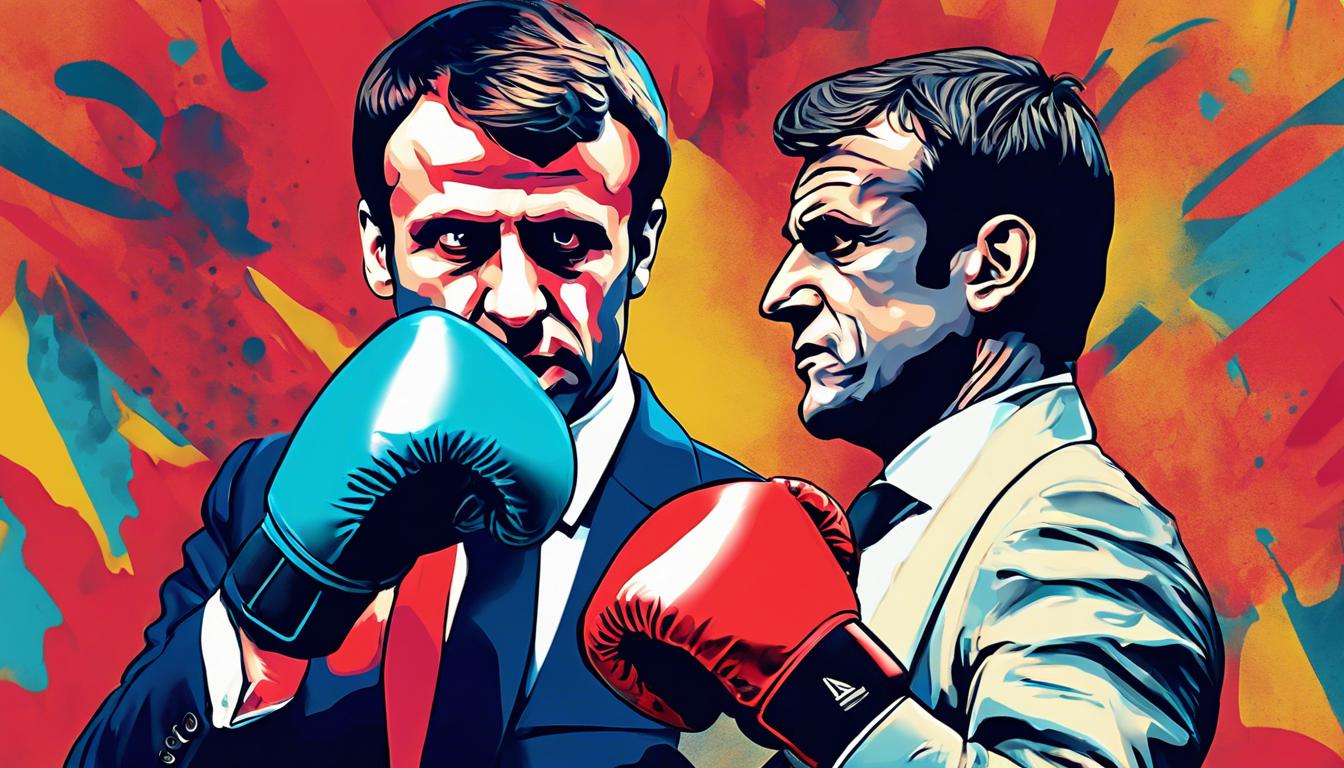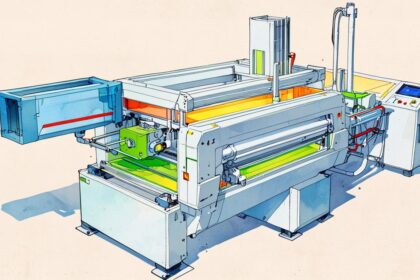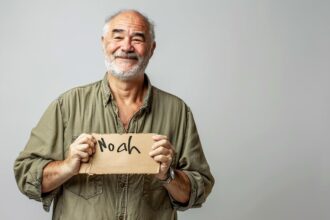French President Emmanuel Macron’s recent boxing workout images have generated a mixed response, as they circulate against a backdrop of the ongoing Russia-Ukraine conflict and debates on political messaging.
French President Emmanuel Macron has stirred mixed reactions across social media and political circles following the publication of photos showcasing him engaging in a boxing workout. Shared on Instagram, the images present Macron sporting boxing gloves and punching a bag, drawing a flurry of responses ranging from admiration to skepticism. Some observers have pointed out similarities between Macron’s photos and the type of “strongman” imagery often associated with Russian President Vladimir Putin, including criticism that Macron’s photos may have been digitally altered to enhance his physique.
The backdrop to these images is a period of heightened international tension, particularly concerning the ongoing conflict between Russia and Ukraine. Macron has been vocal about the seriousness of the conflict, describing it as “existential” to France and Europe and highlighting the possibility of NATO troop deployment to Ukraine as a stance against Russian aggression. This stance, coupled with Macron’s physical demonstration of readiness and determination through boxing, seems aimed at showcasing a robust leadership image both domestically and on the global stage.
Despite the varied reception to this PR strategy—where some align Macron with figures like Rocky Balboa for his portrayal of strength and determination, and others decry it as a contrived and potentially misleading effort to appear powerful—the context of Macron’s actions remains rooted in a complex geopolitical landscape. The French President maintains a tough rhetoric on the Russia-Ukraine conflict, underscores the importance of a united Western response, and highlights the non-offensive posture of France in the situation.
Aside from political analysts and social media commentators, the photos have also prompted responses from other political figures. For instance, French Greens MP Sandrine Rousseau expressed disappointment, suggesting a lack of progressiveness in Macron’s approach to political communication. Simultaneously, the images have triggered discussions about the nature of political leadership imagery, comparing Macron’s approach to Putin’s known propensity for machismo-filled photo ops.
The discourse around Macron’s boxing photoshoot reflects broader debates over leadership, image-making, and how political figures navigate public perceptions amidst international crises. While some view Macron’s display as a powerful assertion of readiness and resolve, others question the authenticity and efficacy of such imagery in conveying political messages or strategies.













